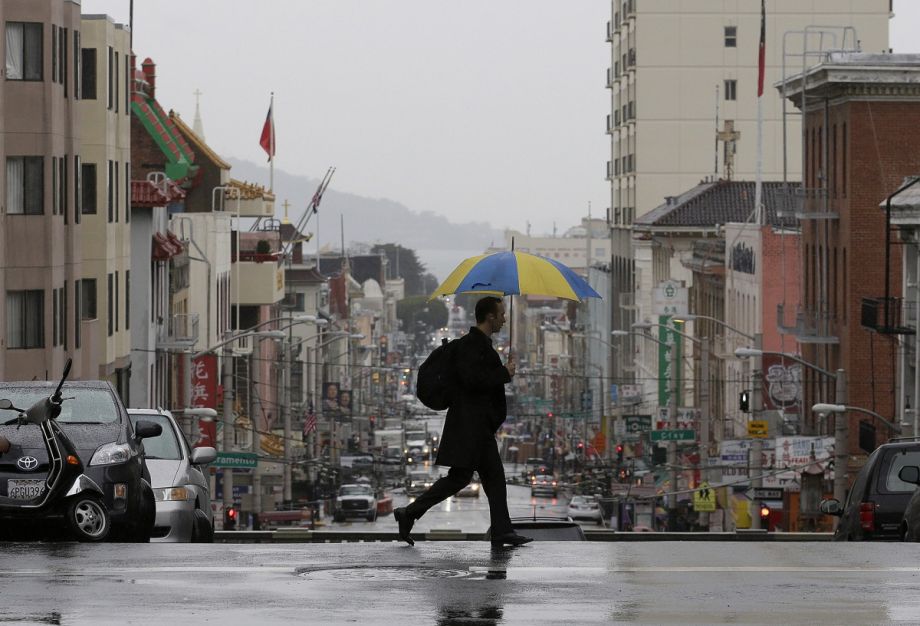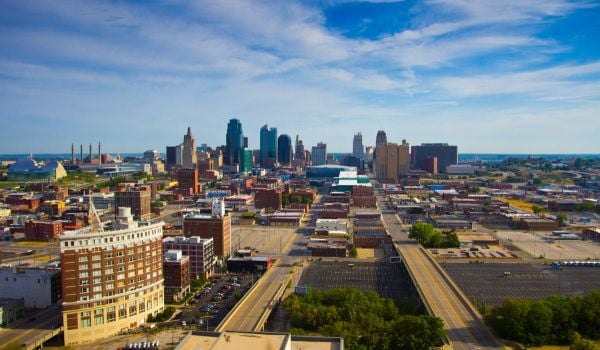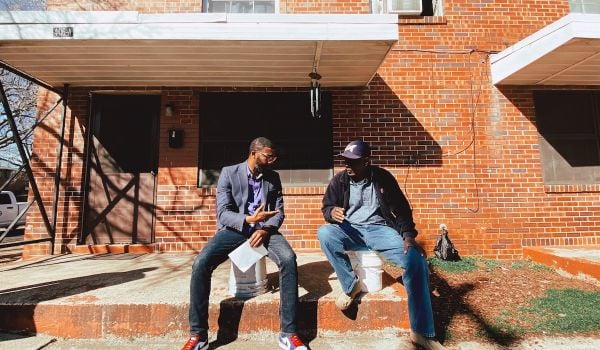SPUR, the San Francisco non-profit that has helped shape the growth of the Bay Area since its founding in 1910, is not thrilled with how things have gone. “The fact is,” the group writes in a 19-page report called SPUR’s Agenda for Change released on Wednesday, “we have built most of the Bay Area the wrong way — in sprawling, single-use subdivisions and office parks that force people to drive for every trip.” There’s a lack of vibrant urban cores in which people can live and work, SPUR argues, and with the population of the Bay Area expected to go from 7 million to 9 million in the next 30 years, the question becomes, where will those people go?
With the debate over San Francisco’s future as high-temperature as it is, SPUR’s account is like a cool glass of water. What’s wrong with the Bay Area, the report argues, is fixable, but it will require two main things: “Elegant density” and diversity by design.
SPUR wants the Bay Area to think regionally, reject sprawl and build up its existing cities (San Francisco, Oakland and San Jose come in for particular attention). As others have argued, bigger and taller buildings can help reduce the strain on existing housing stock, but the report notes that “poorly designed buildings in their neighborhoods” is often what triggers locals’ aversion to structures of increased heights. SPUR, therefore, calls for “nurturing a culture of good design.” Downtown San Francisco, Oakland and San Jose could hold more jobs, the group writes, but those areas should have better public transportation connections and a greater number of easily accessible stores, restaurants and more.
The region’s many office parks aren’t going anywhere, though, so the report advocates shifting more employees to commuting options that don’t involve cars and then tapping unused parking lots as spaces for walkable amenities.
“The single most important step we can take to make housing cost less for most people,” reads the report, “is to change city zoning laws to allow more housing to be built.” As for what sort of living spaces should be built, SPUR calls for all sorts. Buildings should target low-income people, the middle class, older locals and, yes, “housing for wealthy people too.” Small choices add up, the argument goes. People should be encouraged to add secondary spaces to their properties, where their extended family might live. Parking spots should be decoupled from apartments, so as not to artificially drive up prices. And lower-cost housing should result from carefully chosen options. Making apartments small, efficient and parking-less means they can go at lesser price points not because they are substandard, but because they are “affordable by design.”
Having a plan isn’t, of course, the same as making things happen, and while SPUR is level-headed about what needs to happen to help secure the Bay Area’s future it remains existential about the threat to the city. “If current trends continue,” the group writes, “and more and more parts of the region become unaffordable to people with modest resources, we will lose our diversity, our artists, our activists, our innovators — in short, our culture.”
The full report is here.

Nancy Scola is a Washington, DC-based journalist whose work tends to focus on the intersections of technology, politics, and public policy. Shortly after returning from Havana she started as a tech reporter at POLITICO.
















